What’s the Buzz
The Bee Healthy Blog
How to Relieve Eye Strain?

There has been an exponential increase in screen time in recent years. The average American now spends 7 hours looking at digital screens every day, including a computer screen at work and other digital devices at home. This has led to an increased incidence of digital eye strain or computer vision syndrome. Digital eye strain is now a common condition, with 6 out of 10 Americans reporting symptoms, but there are other causes of eye fatigue as well.
Please continue reading to learn more, including what causes eye strain, how to get relief from tired and strained eyes, and when to see an eye doctor.
What is digital eye strain?
Digital eye strain is a condition that results from prolonged use of a computer or another digital device like a tablet, e-reader, or cell phone. Staring at the screens of digital devices places increased stress on near vision, causing eye strain symptoms. Also, people tend to blink less when looking at a computer screen, which can lead to dry eye.
In addition, the blue light emitted by digital screens can damage the retina in the eye. Other factors like low screen resolution, poor image stability, poor image contrast, low screen refresh rates, improper lighting conditions, and improper distance and angle of digital devices can lead to computer vision syndrome.
What else causes strained eyes?
The use of digital devices is the major cause of eye strain. But other things can cause tired and strained eyes too, for example, reading for long periods, driving for long distances, straining in dim light, or being exposed to bright light, glare from a light source, or fluorescent lighting.
People with untreated eye conditions like dry eye or uncorrected vision are at higher risk of developing eye fatigue. Other factors that can cause eye strain include exposure to dry air or moving air, emotional stress, and fatigue. Wearing contact lenses can make you more prone to eye strain.
What does a strained eye feel like?
A strained eye can be associated with symptoms like eye pain, aching around the eyes, tiredness, and soreness. Eye strain can also lead to vision problems like blurred vision, double vision, and difficulty focusing on near objects. Additionally, there can be redness, burning, itching, dry eyes, tearing, grittiness, eye irritation, and light sensitivity.
What is an eye strain headache?
Eye strain due to excessive use of digital devices can lead to other symptoms besides the eyes, such as headache, neck pain, neck stiffness, shoulder pain, and backache. An eye strain headache typically develops after prolonged use of digital devices or focusing on something for a long time. The headache is usually located behind the eyes and gets better with eye rest.
Will eye strain go away on its own?
Eye strain may go away on its own if you rest your eyes. You can also undertake other measures to reduce eye strain. But if your eye strain is due to an underlying eye condition, for example, refractive errors (uncorrected vision), these eye problems will need to be treated to relieve eyestrain.
How to get relief from eye strain?
The best way to get relief from eye strain is to make lifestyle changes so that your eyes do not get strained or stressed. Here are some tips to reduce or prevent eye strain:
Use proper lighting
Dim light can strain the eyes. It’s also important to reduce glare and avoid prolonged exposure to bright light or fluorescent lighting.
Take frequent breaks
Eye doctors recommend that you focus 20 feet away for at least 20 seconds every 20 minutes to provide relief to eye muscles used for near vision.
Adjust the screen angle and distance
When using digital devices, make sure you keep the screen at arm’s length and eye level to help relieve eye strain. Avoid placing the screen too close to your eyes.
Use artificial tears
Dry eye symptoms are common in eye strain. Artificial tears can help lubricate the eyes and reduce dryness, and thereby relieve dry eyes. These eye drops are available over the counter without a prescription.
Apply a warm compress
Placing a soft cloth soaked in warm water over your eyes may provide relief to tired eyes after long periods of screen use. This helps to hydrate and soothe the eyes.
Wear protective eyewear
If you do a lot of computer work, consider wearing glasses that protect your eyes from blue light. These special computer glasses can help prevent eyestrain.
Pay attention to posture
Poor posture during computer use can put you at greater risk of related symptoms like headache, neck pain, and shoulder pain, in addition to eye strain.
How long does eye strain last?
Fortunately, eye strain does not last very long. Research shows that approximately an hour of eye rest and taking a break from screens to reduce tension can provide relief from eyestrain symptoms.
When to see an eye doctor?
If you continue to feel tired in the eyes even after stopping the intense use of digital devices, you should consult your healthcare provider. They may refer you to an eye doctor for an eye exam. This will help to rule out any eye problems that need to be treated.
You should seek immediate medical attention for severe eye pain accompanied by headache, extreme light sensitivity, sudden changes in vision, fever, nausea, or vomiting.
References:


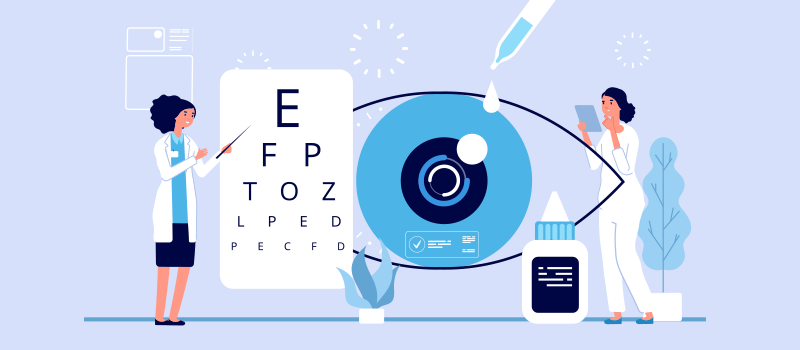
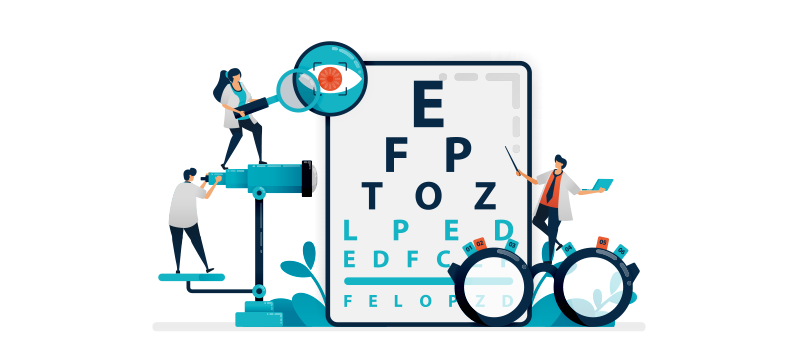
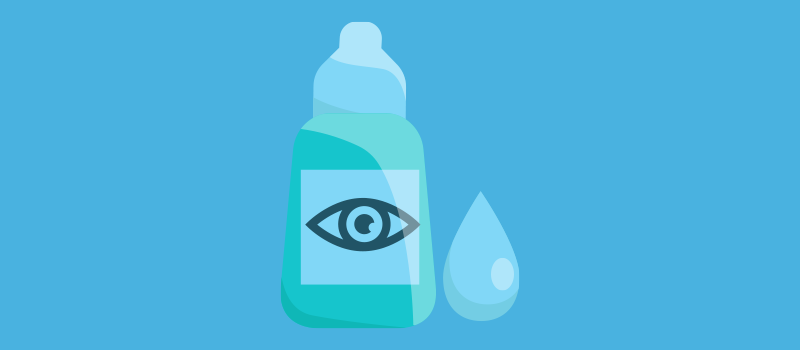

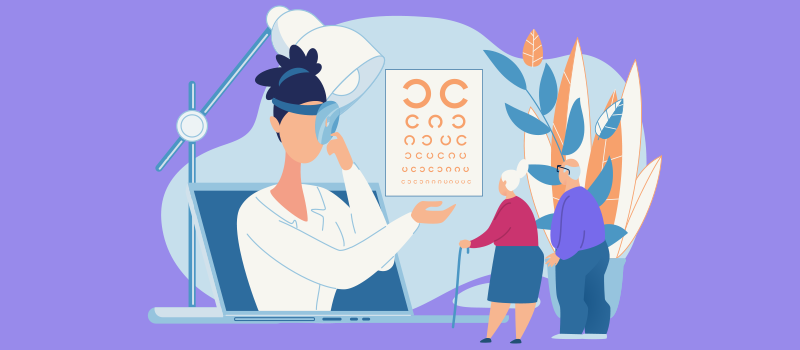


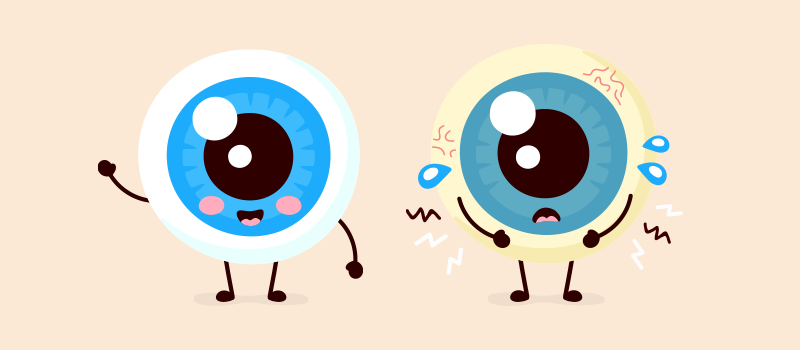
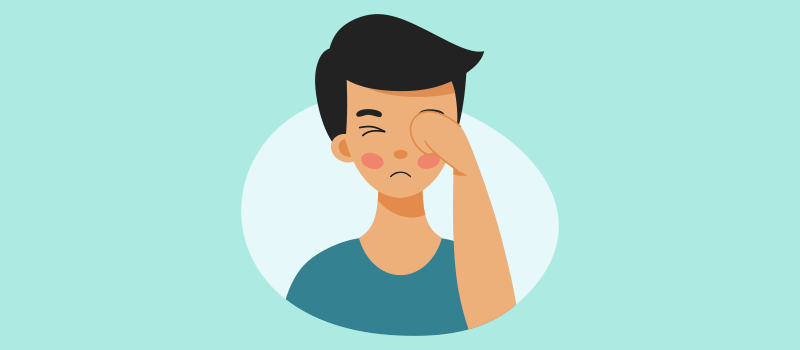
SOCIAL